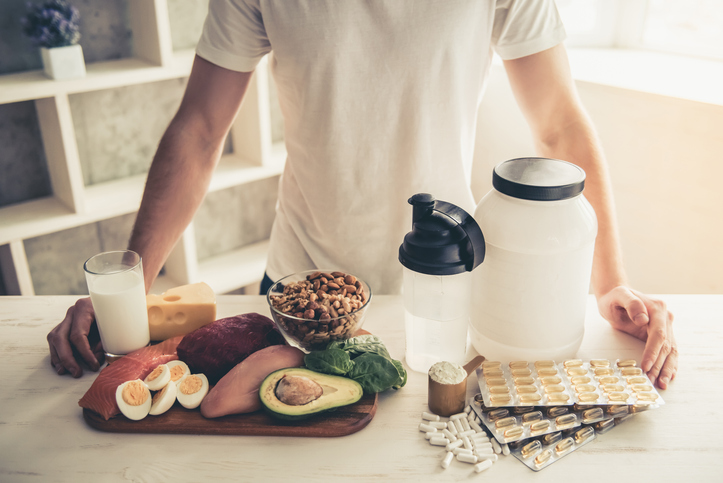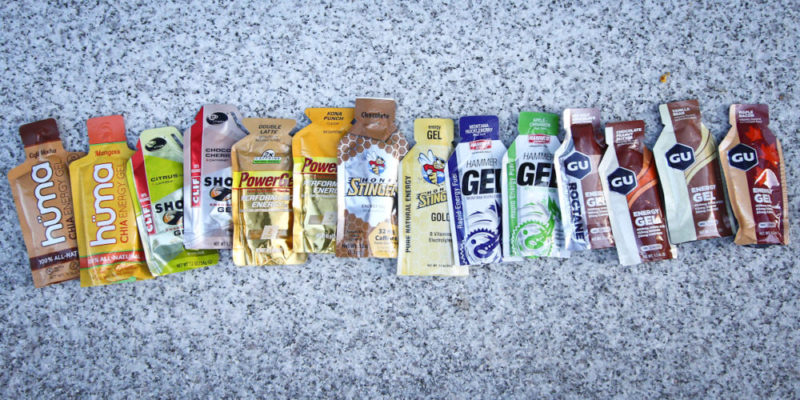Off season nutrition planning – 5 changes that will help you nail your 2024 tri season
Use this off-season to optimize your nutrition plan

Many of us are heading into what’s often referred to as the “off” season. As triathletes, we know that this isn’t really the case, as many of us have big race goals for next season, so we will be building the foundation for starting the spring in top form.
For many triathletes, this time of year can be a challenge as you aren’t sure how to fuel your body best for reduced intensity and volume, as well as achieving other goals like building muscle. Let’s chat about some ways you can optimize your nutrition over the winter months.

Modify your macros
Race season is all about the carbs. High training volume means you need to fuel with carbs and you’re also using more carbs for carb loading, long training sessions and proper recovery. While you still need carbs all the time to support your training, your needs are likely to go down in the winter months. Consider the balance of your plate to shift a bit more toward vegetables and fruits, which will also help you get important nutrients to battle cold and flu season.
This time of year is a great time to focus on strength training and building muscle. To do that, you’re going to need to be more mindful of your protein intake. Aim for 20 to 40 g protein after all strength workouts and at regular intervals throughout the day. Some great options include: Greek yogurt with berries, hemp seeds and granola, an egg wrap with veggies and cheese, oatmeal with added egg white or protein powder, dried fruit and nuts or seeds.
Add more variety back in, and more plants
Sometimes, during race season, we tend to stick to the same meals because we know they work. And we might avoid high-fibre foods, or things that make us gassy, to minimize GI distress before long workouts and training sessions. This time of year is a good time to bring back a wider variety of foods, and even try some new recipes and cuisines. Incorporate more beans, legumes, seeds, nuts and plant-based protein options and get back to that larger part of your plate being veggies. Ensure you are getting enough fibre from whole grains, fruits and vegetables for optimal digestion and health. Why not try a “variety food challenge” and set a goal of having at least 30 different plant-based foods each week. The benefit of a variety of foods can go far in helping your immune system as well as your digestive system.

Experiment with new pre-, during and post-meals
“Never try anything new on race week” is a common saying you’ll hear from me. So, when do you get to experiment with new fuelling strategies? Well, this can be the time of year to try out some new products and change things up. Why not add to your pre-workout breakfast repertoire so you have a few more tried and tested options. How about using some of your longer workouts to experiment with some new brands of sport fuels. Use this time for experimentation, and learning, as the stakes are lower than in race season. That said, once you find some options that are working, be sure to test these in early spring races to make sure they feel good in race-like conditions, as our bodies can react differently at higher intensities.
Get blood work done
You are spending a few less hours training, so why not use this time to work on your health and catch up with those much-needed checks. Get blood work done for optimal health (your doctor can advise on what to test for based on your age and gender), but ensure you are testing at least iron (and ferritin), electrolytes, B12 and Vitamin D from a sports perspective. This is also a great time to see a sports dietitian so you can work on your nutrition plan for next year’s race season.
Incorporate your favourites
This time of year can mean there are more yummy options available as we head into the holidays. I’m an advocate of enjoying holidays and food with family and friends, but it can be helpful to be a bit strategic with sweets so that they can be incorporated into your fuelling plan. The times your body needs carbs most are before, during and right after hard or long workouts. Pre-workout nutrition could incorporate some sweeter pre-training snacks, but be mindful of snacks that are also high in fat, as these can be slow to digest and leave you feeling uncomfortable in training. Utilizing sweeter foods within workouts as a fuel source can work (e.g., leftover halloween treats on a long ride), as your body is seeking glucose to get into your bloodstream quickly. Just be sure to also include some electrolytes as traditional candy doesn’t have the electrolytes that sport specific products do.
When it comes to enjoying something post-workout, be sure you meet your protein needs in addition to carbs. A baked good at a coffee shop, alongside a latte with added protein from something like collagen powder, could work, or having a recovery drink that contains protein on your way to the coffee shop will also do the trick. Of course, including sweets shouldn’t be at the expense of whole foods as your primary nutrition base.
Alexis Williams is a registered dietician from Burlington, On. You can find out more about her services at www.blueprintnutrition.ca
